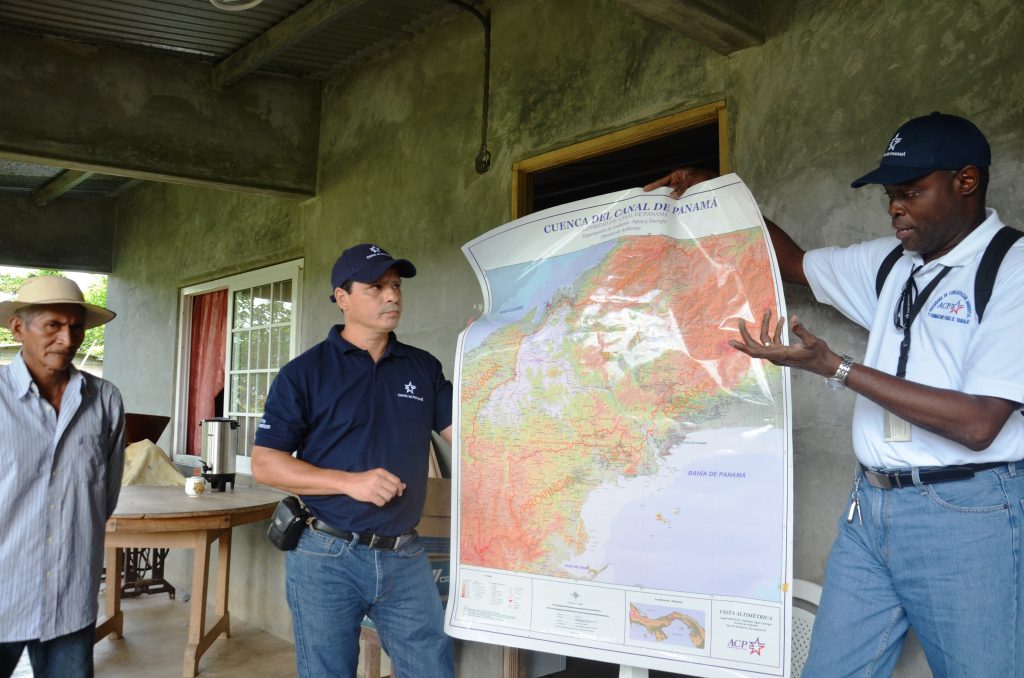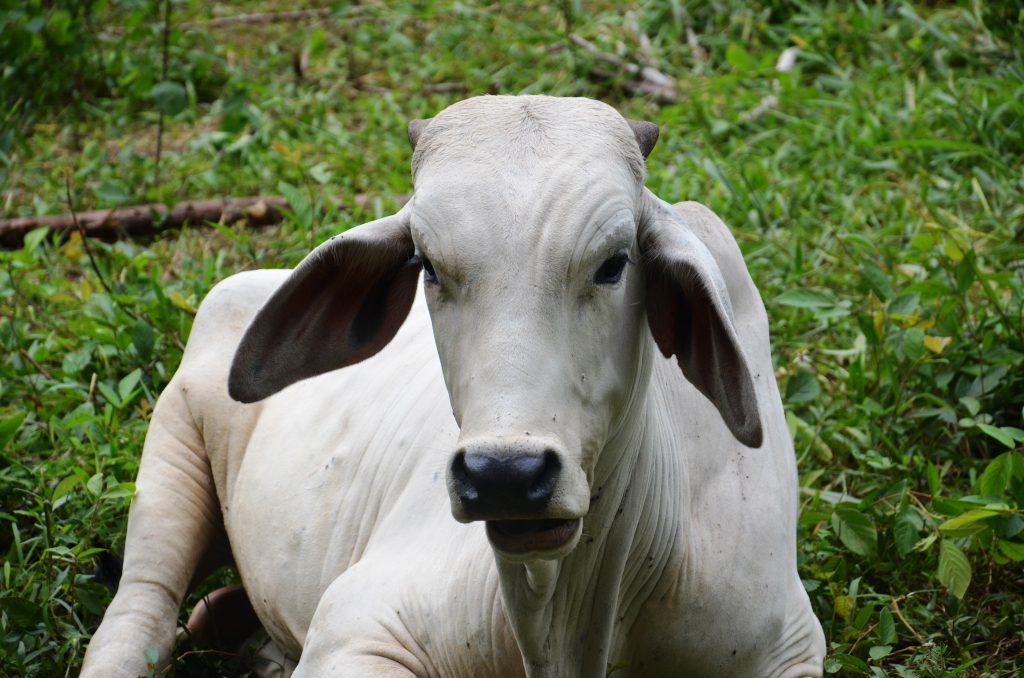
The 6th meeting of the Multistakeholder Partnership of the Global Agenda for Sustanbale Livestock took place in Panama from 20-23 June, just before the new locks of the Panama Canal were inaugurated.
On the surface, the two events may not appear to have much of a connection. But, for one, there is an urgent need for protecting the Panama Canal’s watershed area through extensive livestock keeping. Secondly, the new expansion is critical for U.S. soybean exports to Asia. About a quarter of the average 4 billion-bushel U.S. harvest is transported on the Mississippi River to the Gulf of Mexico, from where some of it is destined for Europe and Africa while around 600 million bushels will pass through the Panama Canal en route to Asia, especially Vietnam, Indonesia, Thailand, Philippines, and Korea.
The new Panama Canal extension allowing passages of much larger ships will make the transfer of livestock feed considerably more efficient, and “improving efficiency” is one of the key tenets of the Global Agenda for Sustainable Livestock (GASL), which basically is a long-term follow-up to Livestock’s Long Shadow, the seminal first comprehensive analysis of livestock’s environmental impacts published by FAO in 2006. GASL was initiated in 2011 in Brasilia and is a concerted effort to involve all stakeholders (including government, research, social movements, NGOs, international organizations and the private sector) in constructive dialogue and arrive at a “consensus” about how the livestock sector can become more sustainable.
While the priorities and opinons of the different groups obviously vary (I personally believe that the focus on improving “livestock efficiency” is only a small part of the solution, if any) , the meetings provide a great and very valuable opportunity for understanding each other’s perspectives as well as to get exposure to different livestock production systems. At this meeting the focus was on showing the connection between livestock and the Sustainable Development Goals (SDGs) which is certainly a very timely and appropriate endeavour.
But the most interesting and thought provoking information was presented in the parallel sessions. Most fascinating was a paper presented by Pablo Manzano, currently an independent consultant adscribed to the IUCN commissions, who drew attention to the fact that the greenhouse gas emissions of wild herbivores once exceeded those of current domestic ruminant populations. Another paper by Pablo Peri of INTA in Argentina dwelled on the potential of Silvo-Pastoralist Systems as an animal-friendly, climate change mitigating alternative to the rapid expansion of soybean cultivation in Argentina – a process that is destroying native forests, biodiversity and local livelihoods. Then there was the presentation by Elizabeth Katushabe, Ankole cattle breeder from Uganda and fellow member of LIFE Network International in which she showed the draw-backs for farmers and the environment of the transition from local cattle to Holstein-Friesian cows for dairy production.
Interesting also the fieldtrip to the watershed area of the Panama Canal where campesinos are being incentivized by the Panama Canal Authority to keep forest standing and utilize sustainable land use practices in order to prevent soil erosion .

I was especially impressed how the Indian origin Zebu cows were thriving in the Panamanian jungle and how happy and well-fed they looked by comparison with many (but of course not all) of their Indian relatives, despite being kept for beef production!
Uplifting also the participation of pastoralists and the attention that is given to the subject of pastoralism, as reflected in the number of best practice notes that were published for the occassion by the Action Network on “Restoring Value to Grasslands”, including one based on our experiences with the social institutions upholding sheep pastoralism in Rajasthan.
In conclusion, its important that such global meetings around livestock continue to take place and we hope that GASL will get the necessary support from FAO Headquarters that it deserves!

 Follow
Follow
Hi Ilse
I was eager to read the contribution of Pablo Peri of INTA, Argentina, on the potential of Silvo-Pastoralist Systems, but the link leads to Spanish language site. Would be grateful to receive the English version.
Best wishes for 2017.
Regards, Lucy